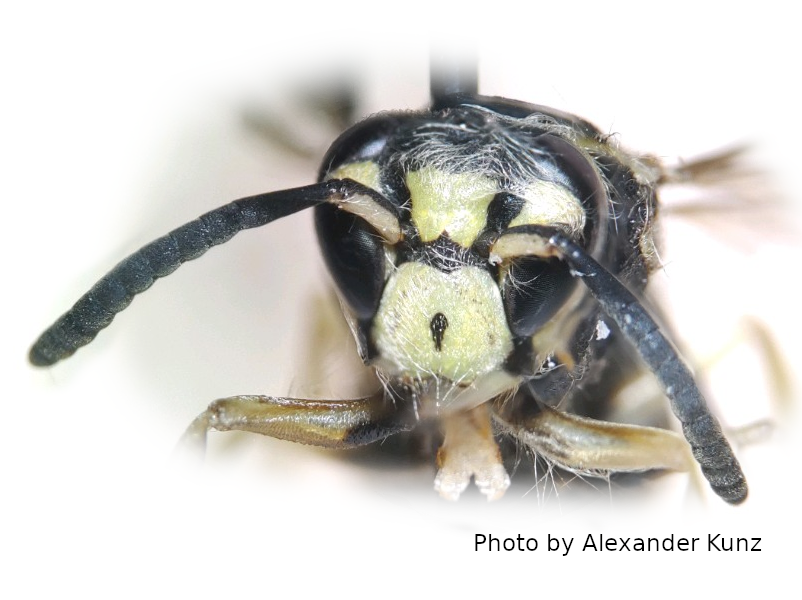Stinging Insects
- kunzpestsolution
- Apr 11, 2024
- 3 min read
Updated: Jul 21, 2024

In Washington state, wasps are the most likely insect to inflict physical bodily harm, specifically, through the means of a venomous sting. They can be particularly dangerous for individuals who are allergic to wasp stings. Even though you may not think you are allergic to their venom, increased exposure could increase your chances of developing an anaphylactic reaction (we are not medical professionals, so questions and concerns about this should be directed to your primary care provider).
Most wasps are eusocial insects, much like bees and ants. In fact they are of the same phylogenic Order of insects, Hymenoptera, meaning "membrane wing". There are several different types of wasps in Washington state that are common around people's homes.
Paper wasps (Genus Polistes)

Paper wasps are the most common wasp to create nests in eaves and soffits. They create open faced nests with the combs exposed. These are more docile wasps, and will rarely sting, even when the nest is bothered. At most, especially during the hotter and drier months, they will generally only head butt or bite to deter people from disturbing them.
Yellow Jackets (Genus Vespula and Dolichovespula)

German Yellowjacket Wasp (Vespula germanica)
The Yellow Jackets are the more aggressive wasps in our area. They usually form their nests in the ground or wall voids as in the case with genus Vespula, or exposed and attached to tree branches and outside of soffits in the case of Dolichovespula. Yellow Jackets will fiendishly defend their nests if they sense vibrations or detect anything approaching, and are capable of stinging several times. When disturbed, they will produce a pheromone that others from the nest can smell, which will trigger an attack response. If clothes are not washed after you stumble upon a nest, that pheromone will remain active and will increase the chances of getting stung at greater distances or by other wasps that happen to be scouting nearby.
When wasp nests are in wall voids, or if they are in areas you need to access, they should be removed by a professional. You should never attempt to treat them yourself as it can be very hazardous or even deadly for those who may be allergic to their sting. It is nearly impossible to know just how many individuals there are in a single nest, particularly with nests that are in the ground or wall voids. Nests in wall voids or inside attics and crawl spaces can also find their way inside of your home, increasing the danger of their presence.
Hornets (Genus Vespa)
True hornets have similar qualities as Yellow Jackets and other wasps with a couple of significant differences. Some hornets will build their nests in the ground, while others are exposed in the branches of bushes, much like the two genus' of Yellow Jackets discussed previously. However, these wasps are typically significantly larger than other wasps. They can sting multiple times just like other wasps, but they deliver more venom with each sting, and the stings are much more painful.
Honorable Mentions
As with just about any insect, stinging insects do have a beneficial role in the ecosystem. Some control other types of insect pests, and others may be pollinators. While they are helpful in some ways, if they live too close to your home, they can pose a danger and should be removed.
Bees are capable of stinging, but are highly unlikely to do so as it is almost always fatal for them. Some solitary species of bees and wasps cannot sting at all, but can look really similar to common stinging insects. Many of these solitary bees and wasps are also responsible for a large percentage of pollination, so it is best not to treat for them or remove them from their natural habitat unless it is absolutely necessary.



Comments